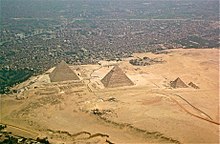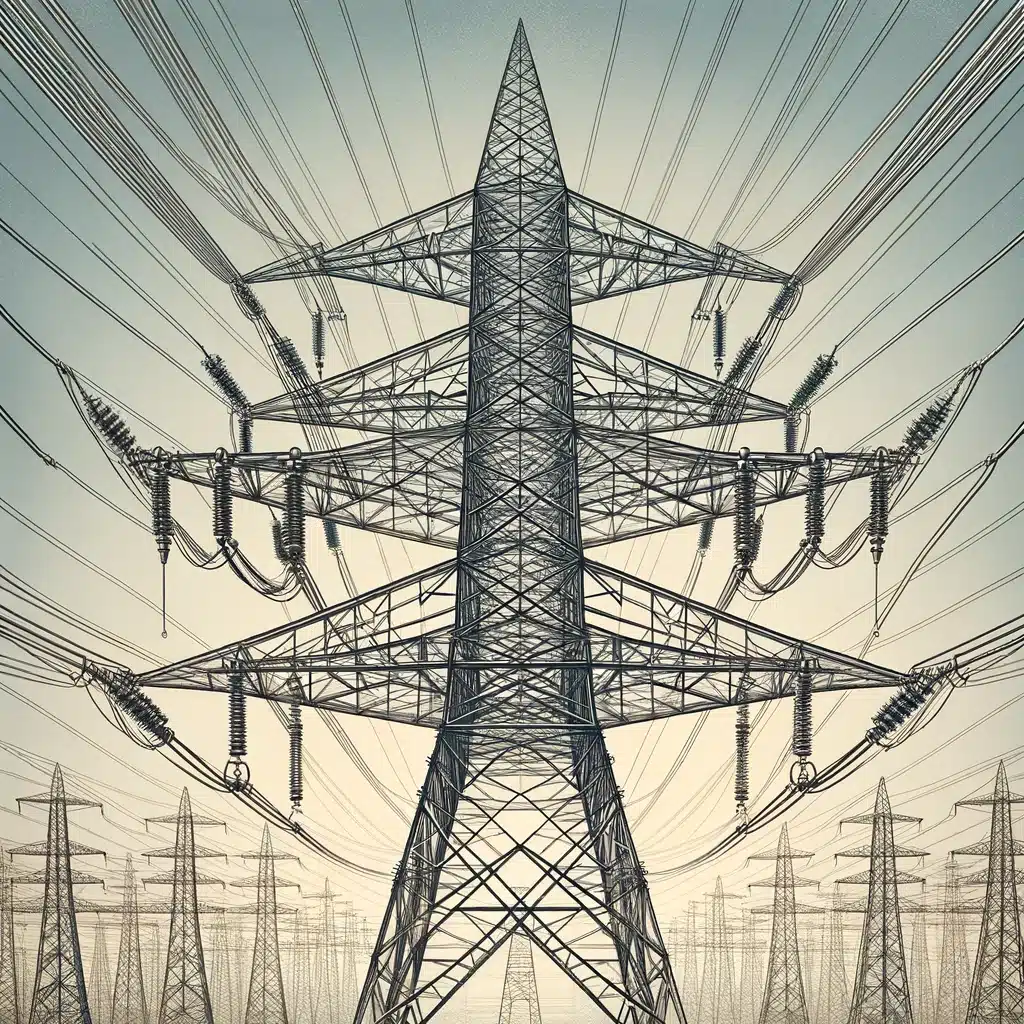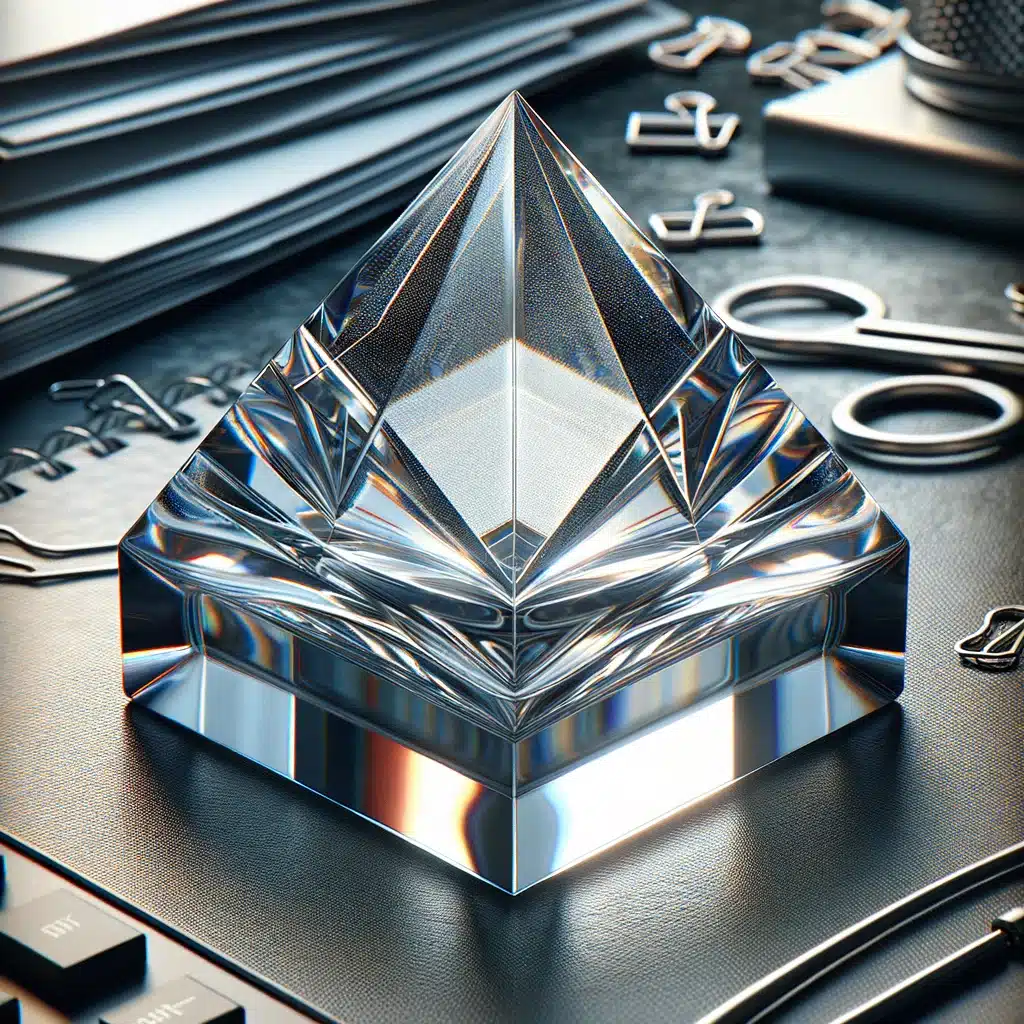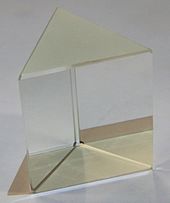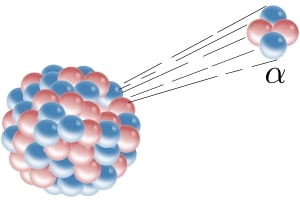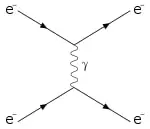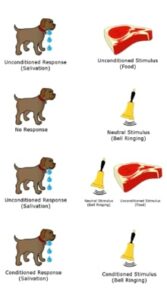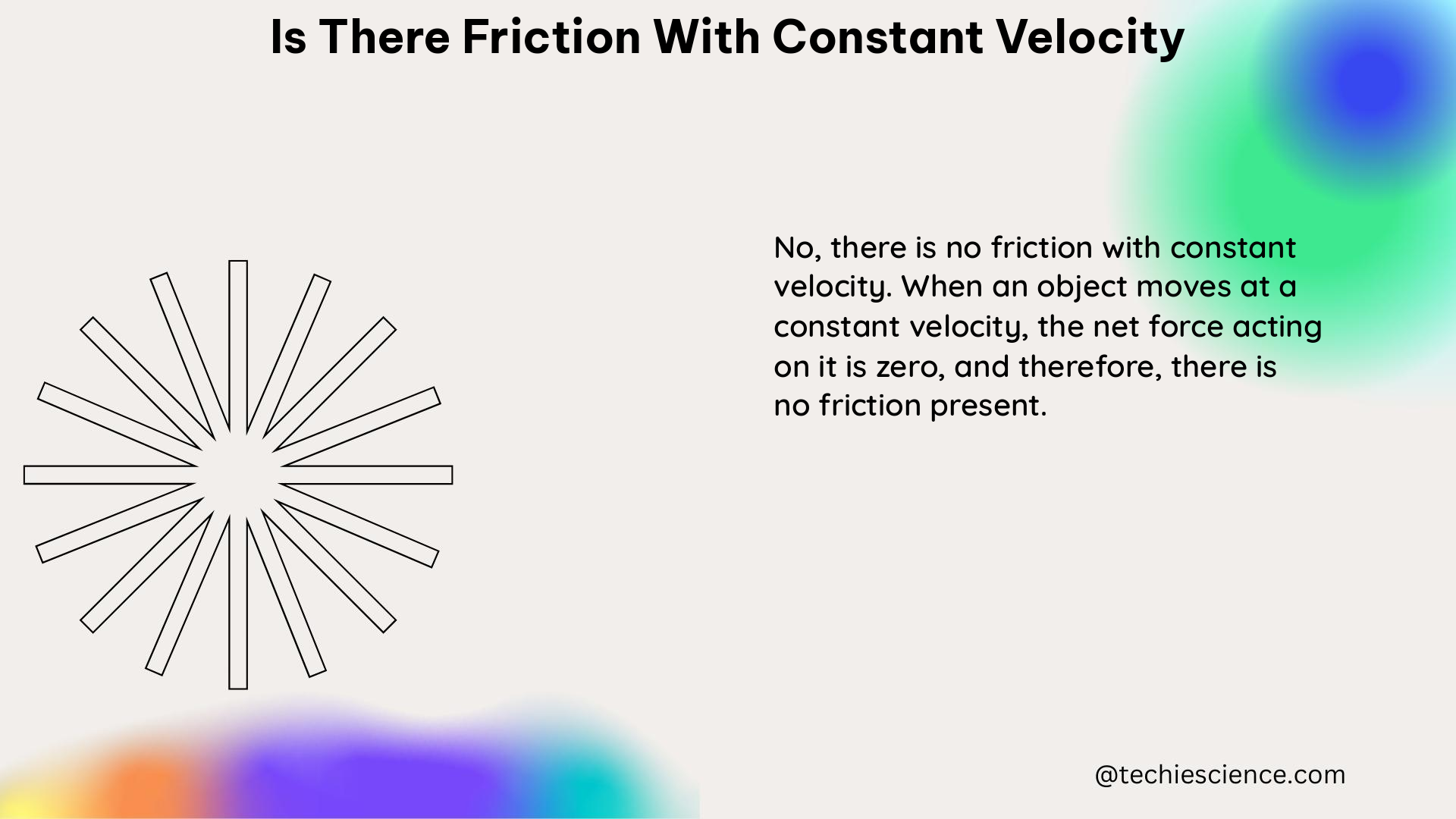This article discusses about example of reversible change. As the name suggests, reversible changes are those changes whose effect can be reversed.
Reversible means something that can be traced back to its original form. This article discusses about different types of changes that take place. Then we will discuss about reversible change in particular and then see different examples of reversible change.
- Melting of ice
- Boiling of water
- Falling of remote
- Folding a paper
- Inflation of balloons
- Ironing of clothes
- Stretching a rubber band
- Compressing a spring
- Melting of wax
- Bending of aluminium pipe
- Bending of copper wire
- Heating pan
- Heating of oil
- Freezing of water
- Defrosting of food
- Frosting of food
- Spilling of water
- Bruises and cuts
- Wetting of clothes
- Wetting of hair
What is a reversible change?
A reversible change is that type of change which can be reversed. After a subject undergoes this type of change, it can attain its original form back.
Reversible change is also called as a physical change. This is mainly because physical changes can be reversed, chemical changes are hard to reverse. Hence the term physical change. We shall see more about types of changes and examples of reversible change in later sections of this article.
Types of changes
There are many types of changes taking place around us but they can be classified broadly into two types. These types are discussed below-
- Reversible or physical change – This type of change is not permanent and the subject can be brought back to its original form once it undergoes a reversible change.
- Irreversible or chemical change – This type of change is permanent and it is impossible to bring the subject back to its original form once it has undergone irreversible change.
Examples of reversible change
We can see innumerable examples of reversible changes happening around us. These examples are discussed in the section given below-
Melting of ice
Melting of ice is a reversible change as the melted ice can be converted back to ice by freezing it below zero degrees. We can do this as many times as we want as the water can be turned into liquid and then again be converted back to ice by freezing it.
Boiling of water
Boiling water is a reversible change as the boiled water gets converted to steam. This steam can be converted back to liquid water by condensing it. Condensation is the process of converting the steam back to liquid water.
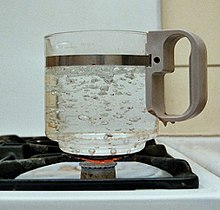
Image credits: user:Markus Schweiss, Kochendes wasser02, CC BY-SA 3.0
Falling of remote
When a remote falls, it is not going to be there forever. We can pick it up and put back to the original place. Hence it can be said that falling of a remote is a reversible change as the remote can attain its original place.
Folding a paper
Folding of paper is a reversible change as the paper can be unfolded to its original form. This can be done by simply folding the paper in an opposite direction.
Ironing of clothes
Ironing of clothes can be considered as a reversible change because the clothes can get crease again if we put them shabbily. Hence, we can attain the creases back making ironing process a reversible change.
Inflation of balloons
Inflating balloons is a reversible change This can be explained by the fact that the air can come out of same inlet from where we pumped the air inside the balloon. The balloon will attain its original shape back after getting deflated hence this is a reversible change.
Stretching of rubber band
A rubber band has potential energy stored in it. When it is stretched this potential energy gets stored inside the rubber band and when the force is released, this potential energy brings back the rubber band to its original shape. Hence this is a reversible change.
Compressing a spring
Compression of spring is similar to stretching of a rubber band. When the spring is compressed or stretched the potential energy gets stored inside the spring. As soon as the force is lifted the potential energy gets converted to kinetic energy and so the spring comes back to its original form. This makes compressing/stretching of a spring a reversible change.
Melting of wax
Melting wax is a reversible change as it gets frozen again to regain its original form.
Bending of aluminium pipe
Aluminium is a ductile material and hence an aluminium can be bent easily. This bent pipe when bent in oppsite direction leads the pipe to attain its original form. Hence we can say that bending an aluminium pipe is a reversible change.
Bending of copper wire
Bending of copper wire is a similar example as that of bending of aluminium pipe. We can attain the original shape of copper wire once it is bent. Hence we can say that bending of copper wire is a reversible change.
Heating of pan
Heating of pan is a reversible change as the pan can attain its original temperature once the source of heat is cut off. The pan comes to the ambient temperature when the heat source is cut off, hence we can say that heating of pan is a reversible change.
Heating of oil
Heating of pan and heating of oil are similar examples. Oil will attain room temperature once the heat source is cut off. This way it can be said that heating of oil is a reversible change.
Freezing water
Freezing of water can be considered as reversible change as the water can be brought back to liquid state just by keeping it outside the refrigerator for a while.
Defrosting of food
Defrosting means heating the frozen food so that the food becomes moist. This can be reversed by frosting the food again in the refrigerator. Hence this can be considered as reversible change.
Freezing of food
Freezing of food is considered as a reversible change as the food can be defrosted again as discussed above.
Spilling of water
When water is spilt on the floor, let us say from a container. We can simply use a dry cloth to absorb the water from the floor. Then squeeze the water out of the cloth into the container. This way the water gets back to the container in which it was lying originally. This makes spilling of water as a reversible change.
Bruises and cuts
Bruises and cuts are reversible as the skin gets healed by the white blood cells and makes the injury look like it was never there.
Wetting of clothes
When the clothes get wet, they are not going to be permanently wet as evaporation is going to take place. The clothes will be dried up soon. This way wetting of clothes becomes a reversible change.
Wetting of hair
Wetting of hair is a similar example as that to wetting of clothes. The hair can be dried up by using a hair dryer. This way wetting of hair becomes a reversible change.
Also Read:
- Table without friction
- Is volume an extensive property
- Dynamic equilibrium vs static equilibrium
- Why is vitamin d often called the sunshine vitamin
- How to find coefficient of friction
- Is area intensive
- Atmospheric dispersion correctors
- Problems on gravitation
- Overview differential amplifier bridge amplifier
- Spherical aberration

